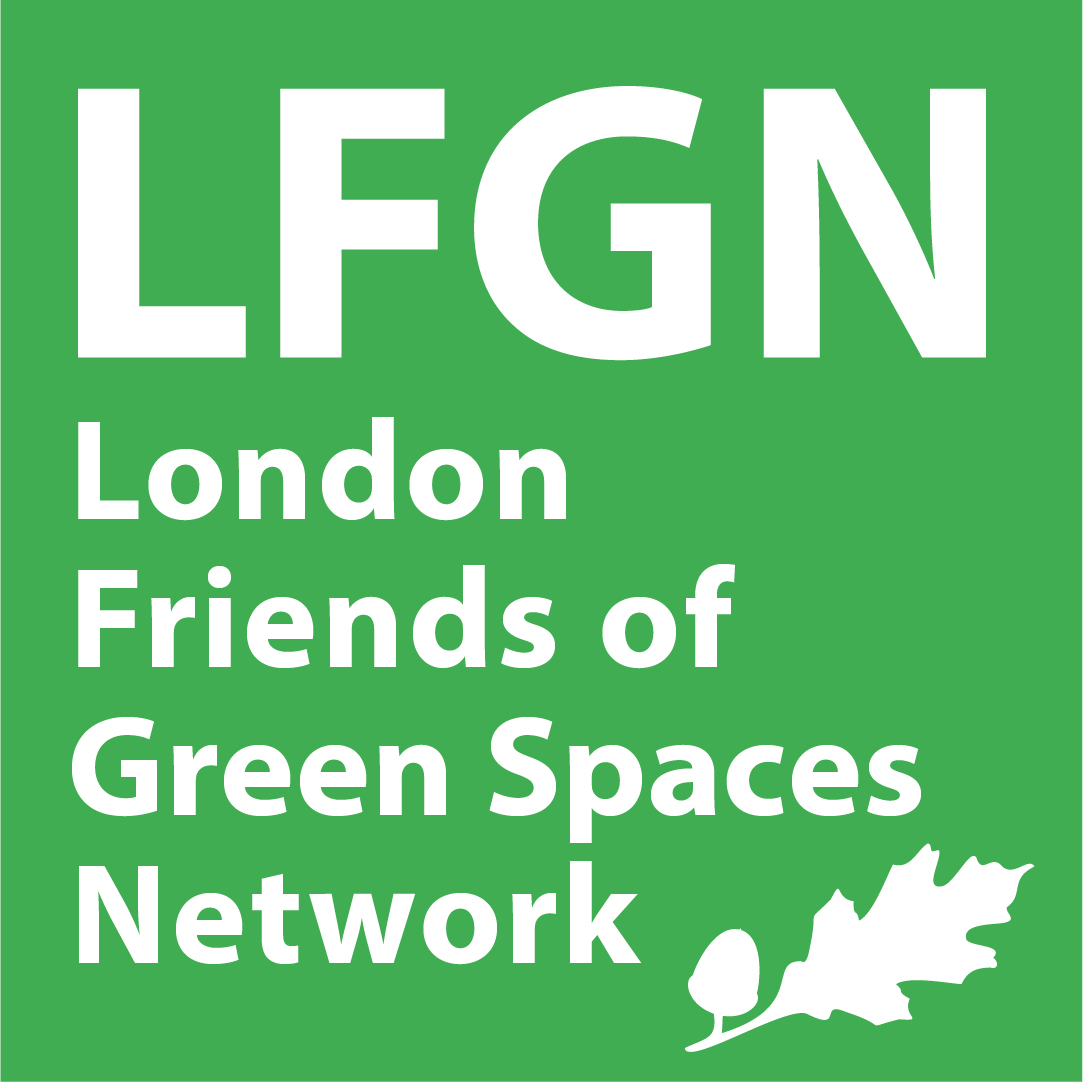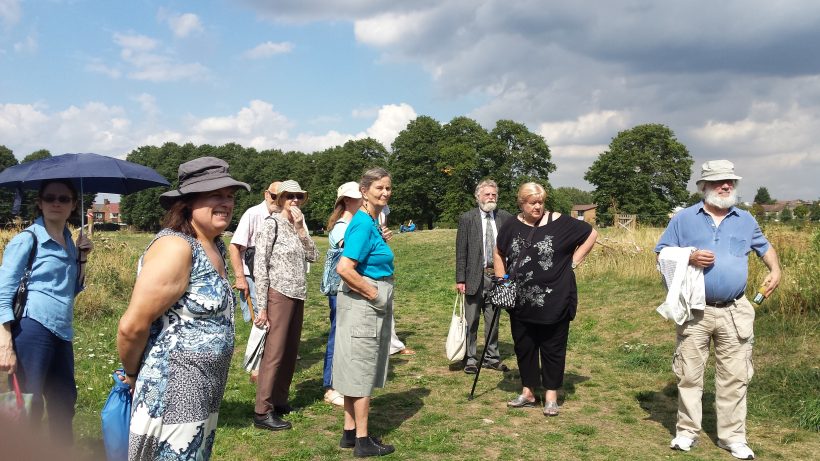REMIT of LFGN PEDESTRIAN (WALKING, MOBILITY & ACCESS) OFFICER(S) Rev 00 (16-10-2017)
- PEDESTRIANS & ACTIVITIES DEFINED
- Pedestrians in public open green spaces (POGS) comprise any form of `foot traffic’ but very importantly include wheelchair and other disabled users.
- Pedestrian activities include any type of mobility status ranging from users with various mobility limitations, to `power” and ‘Nordic’ walkers,
- Mobility limitations may be physical in the sense of wheelchairs, limitation of movement or sensory — such as visual or balance impairment.
- Some pedestrian can also be relatively mobile but more vulnerable to trips and falls or negative interaction with other users (chiefly through collision or near-collision) due to a medical condition.
- Access at entrances which should be sufficient in number and arrangement according to needs — whilst areas immediately outside POGS are normally within the brief of local borough highway authorities, thcse and local amenity groups can be approached or liaised with.
- All surfaces provided and intended for pedestrian use are included. Normally this is limited to footpaths comprised of material such as tarmac, M40, gravel, boardwalks and chippings. Not generally included are `natural surfaces’ such as grass (unless specifically designed or allocated for pedestrians).
- PROVISION OF WEBSITE INFORMATION
- Advice on applicable byelaws
- Advice on minimum legal standards
- LIAISON WITH OTHER AMENITY GROUPS
- g. Disability organisations
- STANDARDS
- Generally, what is fit for purpose and acceptable for all users, particularly those who have mobility concerns, to enable reasonable access for all users.
- Step-free (or where local geography limits) reasonable alternative routes
- Disabled parking available.
- SufFicient width for local frequency of use, and as a minimum, adequate room for two wheelchairs to pass eachother.
- Surfaces should be even, rut free and without trip hazards
- Trip hazards should be absent
- Cambers should present no impediment and where necessary, for drainage for example, should not be considered part of the footpath width
- Slopes or inclines should not present a barrier (where topographically unavoidable — reasonable alternatives routing should be available)
- Generally, what is fit for purpose and acceptable for all users, particularly those who have mobility concerns, to enable reasonable access for all users.
- WALKING PROMOTION
- Walking groups
- Dog walkers (refers also LFGN dog officer)
- SAFETY
- Unlocked spaces after dark
- Cyclists
- Pedestrians should be safe and undisturbed by any anti-social/una.uthorised cyclists
- Also refer to LFGN ‘Cycling Officer’
- Authorised — should be where permitted (also byelaws 2.1 above) and official routes such as `quietways’ should be well and appropriately planned as well as locally supported. 6.3. Dogs: 6.3.1.Pedestrians should be safe and undisturbed by any uncontrolled dogs 6.3.2.Also refer to LFGN ‘Dog Officer’ 6.4. Runners/joggers should be responsible and controlled when en masse. 7. REGULATORY POWERS 7.1. London Boroughs have been adopting similar byelaws, but with differing dates of updates and maximum fines often set at low amounts due to the complexity and cost of byelaw updating. Public Space Protection Orders 2014 (PSPOs) are being introduced or extended into many boroughs — both of these being distinguished by much higher maximum fines (Schedule 3 rather than 2). 7.2.A number of new powers have been introduced that may or may not have local impact apart from PSPOs `Community Trigger’, Criminal Behaviour Orders, Community F rly and informal ormal interventions and Dispersal powers,


